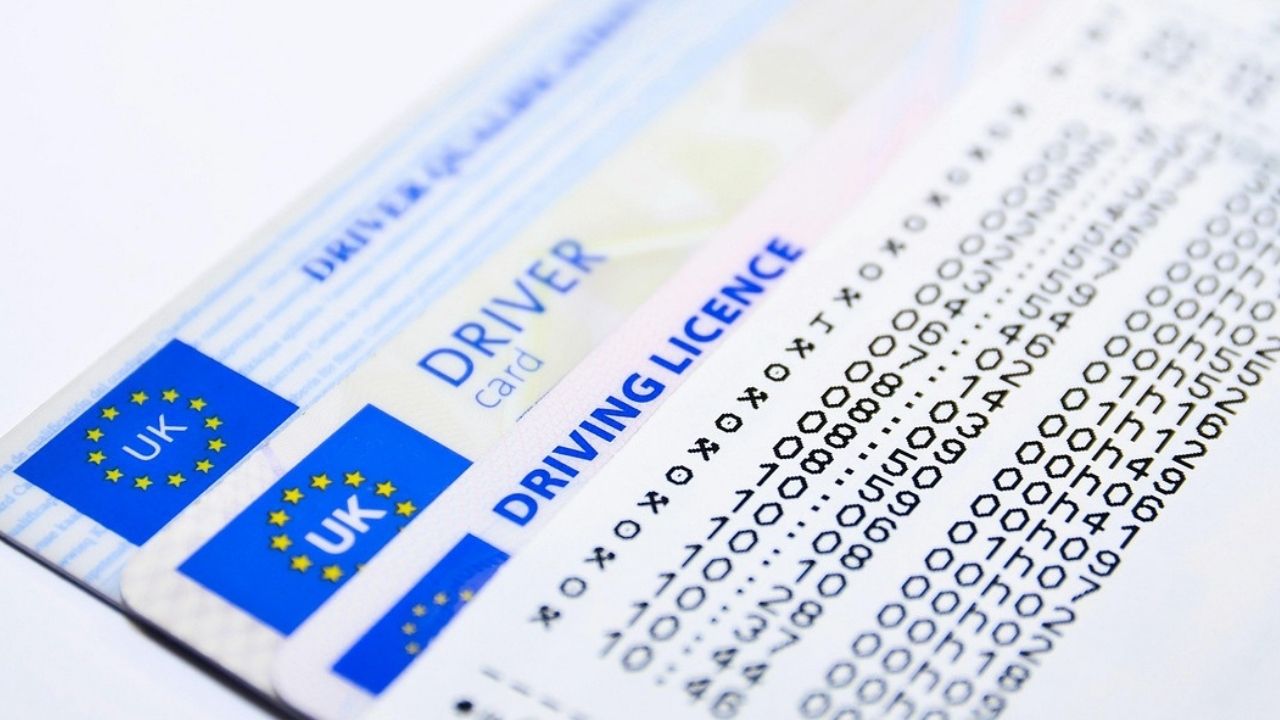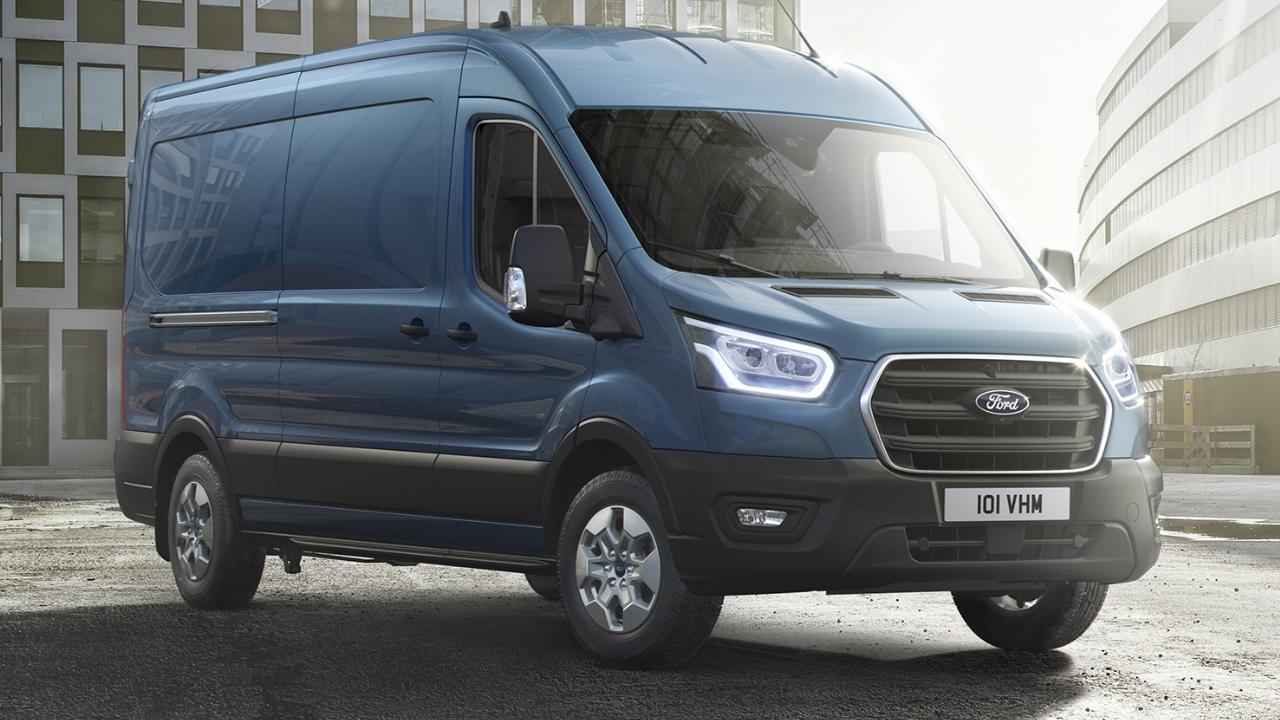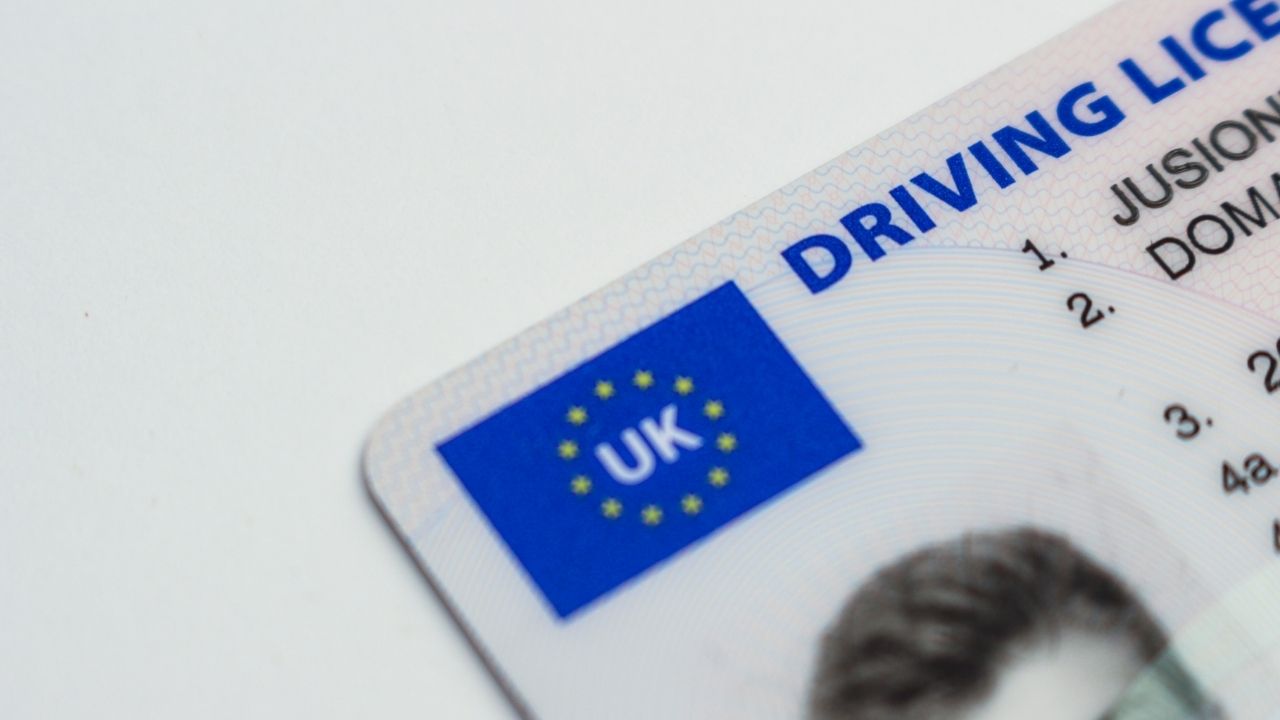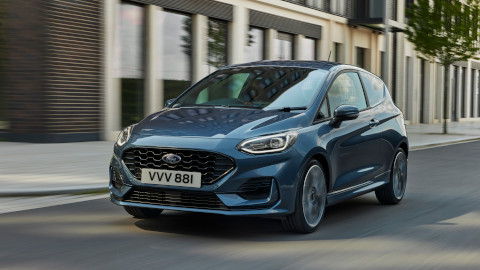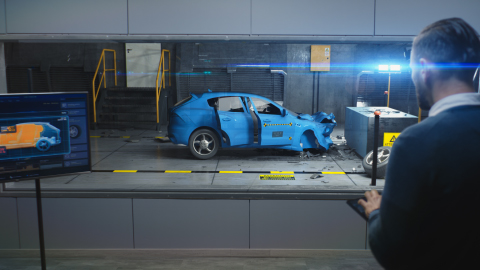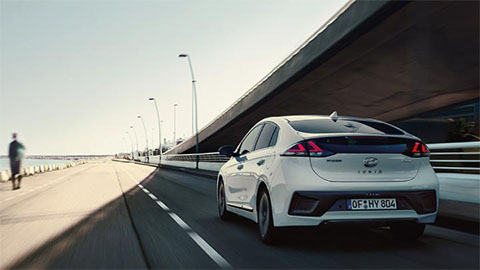Can I Drive a Van? Guide to Van Driving and Licence
25th Apr 2025
Whether you're starting a new business, expanding your fleet, or simply need a reliable van for everyday tasks, understanding what you can legally drive is essential. With so many van types, sizes, and licensing rules, it’s easy to get confused.
In this guide, we’ll break down the different types of vans available, the licensing requirements for each, and which models might best suit your needs, whether you're navigating tight city streets or transporting heavier loads across longer distances.
- Can I drive a van with my normal driving licence?
- What vans can I drive?
- Can I drive a transit van on my licence?
- What category is a van on driving licence?
- FAQs
Can I drive a van with my normal driving licence?
If you have a full British driver’s licence (also known as Category B), you are legally permitted to drive vans that weigh up to 3.5 tonnes, including cargo. These are known as Maximum Authorised Mass (MAM) vans, meaning you’ll be able to drive most types of combustion-powered vans you see on the road.
Different rules apply to electric vans. Because the batteries used in these vehicles are large and heavy, they affect the van’s payload capacity, making it harder to stay under the 3.5-tonne limit. For this reason, the weight allowance for electric vans driven on a regular licence is increased to 4.25 tonnes.
If you passed your driving test before 1997, different rules apply. Drivers who obtained their licence before this date often have Category C1 entitlement, which means they’re legally allowed to drive vehicles weighing up to 7.5 tonnes. This includes all types of vans and even some small lorries.
If you’re unsure what type of licence you have, you can check the back of your photocard, where all permitted vehicle categories are listed. You can also check your licence details on the gov.uk website.
What vans can I drive?
At Evans Halshaw, you can find a wide range of vans from multiple manufacturers, including some of the most popular models:
Ford Tourneo Custom
Known for its versatility, the Tourneo Custom is both practical and comfortable, capable of easily transporting cargo and passengers. Available with plug-in hybrid and all-electric powertrains, it’s an ideal choice if you’re looking for a low-emission option.
There are two sizes to choose from, L1 and L2, with payload capacities ranging from 839kg to 890kg.
The cabin is equipped with advanced technology, including a 13-inch infotainment system featuring apps such as Apple CarPlay and Android Auto for seamless smartphone connectivity.
View Ford Tourneo Custom Offers
Peugeot Expert
The Expert is an award-winning mid-sized van, known for offering a range of innovative storage features such as modular shelving, a MultiFlex modular folding bench seat, and the Moduwork load-through facility.
Available with both diesel and all-electric powertrains, the Expert caters to a variety of needs. With up to 6.6m³ of cargo space, 1,000kg of towing capacity, and a payload of up to 1,001kg, this van is ideal for a variety of purposes.
The standard safety package is also impressive, featuring Visiopark 180, ESC with Hill Start Assist and ABS braking, as well as automatic fuel cut-off and door unlocking in the event of an accident.
Citroën Berlingo
One of Citroën’s best-selling vans, the Berlingo has been innovating the segment since 1996. Known as a great option for inner-city workers, it’s the ideal van for small to medium deliveries, offering up to 4.4m³ of cargo space. The payload is generous too, accommodating up to 984kg.
Available with both diesel and all-electric powertrains, the Berlingo caters to a wide range of commercial needs. Inside, the standard technology package meets the needs of most van drivers. Features such as rear parking sensors, cruise control with speed limiter, lane keep assist, and driver attention alert can be complemented by a 10-inch digital instrument cluster and a 10-inch colour touchscreen when you upgrade to the Enterprise Plus trim.
Can I drive a Transit van on my licence?
A lot of people seem to be confused about whether they’re allowed to drive a Ford Transit on a regular licence due to the different sizes and names in the range. The first thing to understand is that the Transit is a family of vans, designed in various sizes to cater to different business needs.
The smallest van in the range is the Transit Courier, followed by the Transit Connect. Their payload capacities are up to 849kg and 982kg, respectively. Both are well below the MAM limit, meaning they can be driven with a regular British driver’s licence.
Next up is the Transit Custom, which offers a significantly larger loading capacity. With a payload of up to 1,416kg, it also falls within the legal limits for a regular licence.
The largest van in the range is the Ford Transit. Its payload capacity exceeds that of the Transit Custom by more than 1,000kg, offering up to 2,477kg of cargo capacity. Despite its size, its total weight remains under 3.5 tonnes, which means it too can be legally driven on a standard British driver’s licence, making it an excellent option for heavy-duty deliveries and transporting larger items.
What category is a van on a driving licence?
There isn’t a specific type of driver’s licence required to drive vans — anyone with a regular British driver’s licence, also known as Category B, can drive vehicles weighing up to 3.5 tonnes, as mentioned in the first section of this article.
However, Category B licence holders are subject to a few restrictions:
- The vehicle must have no more than eight passenger seats.
- You can tow a trailer weighing up to 750kg, as long as the combined weight of the vehicle and trailer doesn’t exceed 3.5 tonnes.
If you need to drive larger vehicles, you’ll need to take a test for a Category C1 licence, which allows you to drive vehicles up to 7.5 tonnes. Alternatively, a Category C licence permits you to drive larger vehicles, such as lorries.
Find the perfect van with Evans Halshaw
Anyone who holds a regular British driver’s licence (also known as Category B) can drive vans that weigh up to 3.5 tonnes. This includes most minivans commonly seen on the road, making them well-suited for urban driving and the delivery of small to medium-sized items.
At Evans Halshaw, we offer an extensive range of both new and used vans that may be ideal for your needs. Please contact your nearest Evans Halshaw dealership for more information or to arrange a test drive.
Yes, holders of a regular British driver’s licence (also known as Category B) can drive a minibus with up to 16 seats that weighs 3.5 tonnes or less. However, there are a few restrictions: you must be at least 21 years old, have held your licence for 2 years or more, and you are not allowed to tow campervans or trailers.
If you're driving a van, you'll need insurance specifically for vans, not cars. The good news is that finding van insurance should be just as easy as finding car insurance, so you won't need to spend extra time figuring out how to insure your van.
There are a few exceptions to van licensing rules. Drivers who passed their test before 1997 may have “grandfather rights,” allowing them to drive vans up to 7.5 tonnes. Electric vans can exceed the standard 3.5-tonne limit due to battery weight, so the weight limit for electric vans is 4.25 tonnes.


